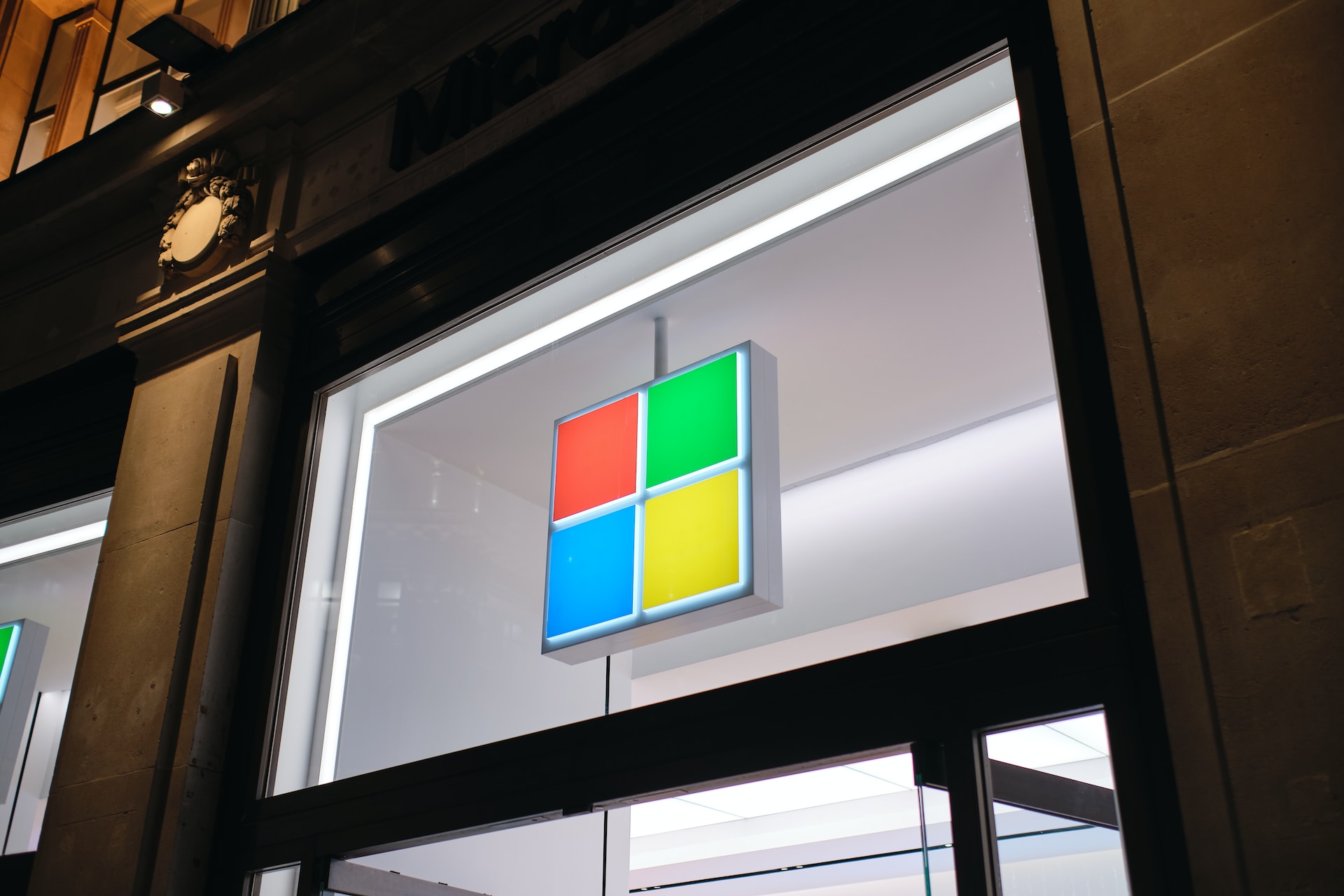
Microsoft deepens its partnership with OpenAI, investing billions to integrate AI models into its products. BuzzFeed's adoption of OpenAI's technology boosts its stock value. OpenAI's ChatGPT valuation approaches $29b following discussions on selling existing shares. AI experts encourage South Australian universities to embrace student AI usage and adapt assessment methods for long-term integration into education. Lastly, Glüxkind introduces Ella, a smart stroller with AI and self-driving features, enhancing convenience and safety for parents.
Key takeaways
- Microsoft strengthens its partnership with OpenAI through a multibillion-dollar investment.
- BuzzFeed to use OpenAI's artificial intelligence for personalising content.
- OpenAI's ChatGPT valuation nears $29b after talks to sell existing shares.
- South Australian universities explore integration of AI in education.
- Glüxkind introduces Ella, an AI powered hands-free smart stroller.
Microsoft strengthens its partnership with OpenAI through a multibillion-dollar investment
Microsoft has deepened its partnership with OpenAI, the company behind ChatGPT, by announcing a significant multibillion-dollar investment. This collaboration aims to deploy OpenAI's AI models across various Microsoft products, including Bing search engine, Word, PowerPoint, and Outlook. ChatGPT, an AI chatbot, has garnered widespread acclaim for its versatility in a wide range of tasks. It represents cutting-edge generative AI, capable of generating content based on simple text prompts. In the ‘third phase’ of their partnership, Microsoft plans to support OpenAI with additional supercomputer development and cloud-computing via Azure. This move reaffirms Microsoft's commitment to investing in San Francisco-based OpenAI, co-founded by Elon Musk and Sam Altman, further bolstering the AI revolution.
BuzzFeed to use OpenAI's artificial intelligence for personalising content
BuzzFeed plans to leverage artificial intelligence from OpenAI to personalise and enhance its online quizzes and content. Following the success of OpenAI's ChatGPT language model chatbot, BuzzFeed seeks to harness AI technology to improve user experiences. While BuzzFeed is not the first journalism platform to embrace AI, its decision to implement OpenAI's technology caused a surge in its stock value, with shares soaring up to 157%. Additionally, a separate report revealed that Meta is investing millions of dollars in BuzzFeed to attract more creators to Facebook and Instagram, as part of a deal valued at close to $10m. The collaboration aims to generate content for Meta's platforms and assist creators in building their online presence.
OpenAI's ChatGPT valuation nears $29b after talks to sell existing shares
OpenAI, the AI research lab responsible for the popular chatbot ChatGPT, is reportedly considering a tender offer to sell existing shares, potentially valuing the company at around $29b.ChatGPT, launched by OpenAI in November, has gained tremendous popularity as an advanced chatbot capable of generating answers to a wide range of questions. This large language model (LLM) is trained on an enormous amount of text from books, conversations, and web articles, allowing it to predict and generate coherent responses based on statistical probability. Human-guided fine-tuning enabled the AI to excel in understanding the essence of questions, gathering relevant information, and crafting natural responses, making it an extraordinary hit among millions of users worldwide. With ambitious revenue projections, OpenAI reportedly foresees substantial growth, aiming for $200m in revenue next year and an impressive $1b by 2024.
South Australian universities explore integration of AI in education
AI experts are encouraging universities in South Australia to embrace and adapt to students' use of artificial intelligence. This comes after concerns arose with the introduction of ChatGPT, a language processing chatbot capable of generating human-like content, raising fears that students might use it to write essays undetected by anti-plagiarism software. To address this, Flinders University, the University of Adelaide, and the University of South Australia have updated their policies to permit AI usage under strict regulations, requiring students to disclose their AI assistance. Furthermore, the Group of Eight, Australia's top universities, plans to incorporate more pen and paper exams initially, but ultimately seeks to redesign assessment methods to accommodate AI. Universities Australia is also working on revising its academic integrity guide, engaging with experts to address AI's impact on education and find effective approaches to its integration in the learning process.
Glüxkind introduces Ella, an AI powered hands-free smart stroller
Canadian startup Glüxkind has introduced the Ella smart stroller, a revolutionary hands-free motorised stroller integrated with AI and self-driving technology. This futuristic buggy aims to be the ultimate driver-assist for parents, equipped with sensors, motors, and AI capabilities. The stroller can navigate on its own, detecting and avoiding obstacles and potential dangers on the footpath. It synchronises with parents as they hold their infants, automatically stopping if it strays too far or encounters an obstruction. Electric motors provide additional support while manually pushing the 13.6kg stroller, aiding with inclines and braking when going downhill. Cameras placed around the frame track moving objects, alerting parents to potential collisions with sounds and flashing lights on the handle. The stroller even boasts an app for tracking routes and distance, ensuring that parents can always locate the pram.
Back to Blogs